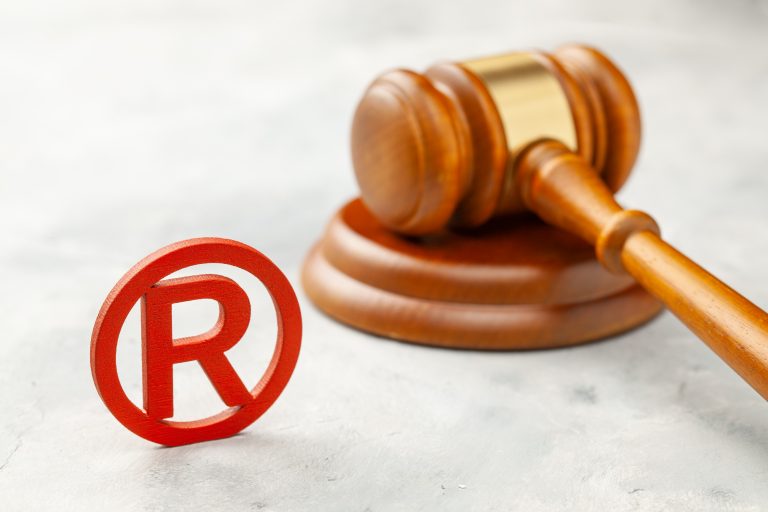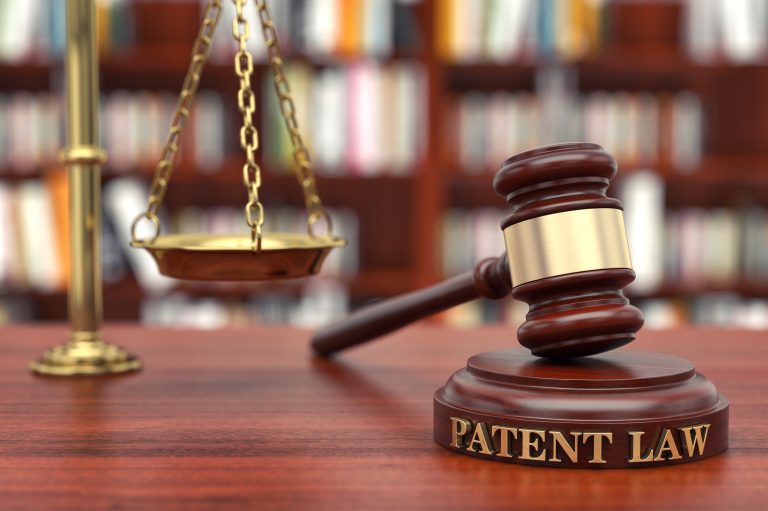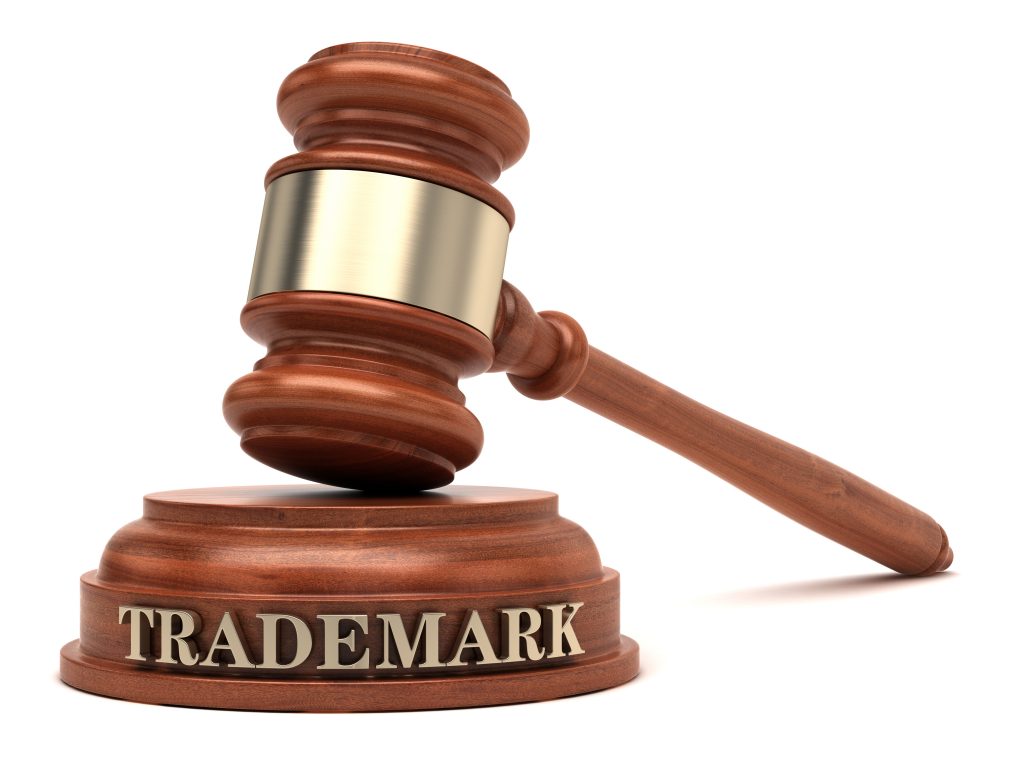
Categories
Intellectual Property Law for Artificial Intelligence

Scientists are calling artificial intelligence the fourth industrial revolution.
The world is rapidly moving towards full automation of processes, from complex tasks to our daily activities.
Artificial Intelligence (AI) is a set of programs that make a computer more intelligent. It is so realistic that its output looks like that generated by humans.
Directly from robots in factories, chat bots in help centers, Alexa in our homes and Siri in our phones, AI is becoming an integral part of our lives.
Patents and AI
As a rule, patents protect the rights of the creator. They also stimulate them to invent new innovations. Similarly, the granting of patents on works created by artificial intelligence will encourage people to develop more innovative artificial intelligence technologies, which in turn will help develop the artificial intelligence sector. In addition, patents provide a certain level of transparency in innovation.

Meanwhile, some AI-oriented projects also face difficulties when applying for patents. Objections usually arise in the grey area of ownership when AI performs its task.
To overcome this, in many cases, when an inventor applies for a patent on an object generated by AI, he refers to AI as an inventor in a patent application.
Sometimes the inventor of the product is not the owner of his patent. Similarly, the inventor in a patent application must be the inventor and the patent owner must be the developer of the AI tool. This will ensure that the value of the original human inventions is maintained and that IP rights remain intact.
Ownership of AI inventions
Despite the AI performing a task, a person may be admitted as an inventor to perform that task in the following variants:
A developer of an AI may be granted a patent for an invention when he or she develops an AI for a specific task. In addition, input data and training by a qualified developer should be crucial. An AI should be able to solve a problem only on the basis of a developer’s input.

In some scenarios, an AI can solve a problem. But human skills are needed to structure and formulate the question itself. Only then will the AI be able to solve it. In this case, a person can get an invention.
Sometimes the IP system may also look into giving a person the right to an invention if they can find the best solution to the problem out of a multitude of possible AI-based solutions.
Copyrights and Artificial Intelligence
Originally, the authors used AI as a tool to support their work. Consequently, there were not many copyrights. Nowadays, AI technology can generate art or text similar to human works. It has already found its way into games, music and journalism.

Currently, in many countries, only human-created works are granted authorship rights. The US Copyright Office states “The U.S. Copyright Office will register an original work of authorship provided that the work is created by a person”.
Trademarks and Artificial Intelligence
Unlike patents and copyrights, the trademark section of the IP system communicates more with final consumers. Existing trademark laws rely primarily on human interpretation when deciding whether a product can be assigned a trademark. Similarly, to argue infringement, a trademark owner must provide sufficient evidence against an infringer.

The emergence of AI in e-commerce platforms quickly affects customer decisions. AI is currently collecting data on customer preferences. This data includes site searches, purchase history and social media profiles.
The principles of trademark laws are long-lasting and will continue to apply as long as there is an emotional connection between consumers and products. However, in order to maintain the integrity of trademarks, constant checks must be conducted to assess and interpret AI’s achievements in communicating with consumers.